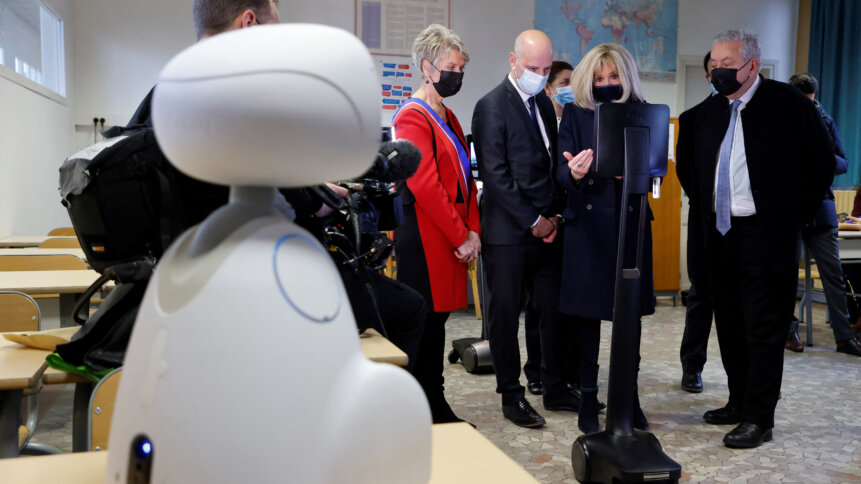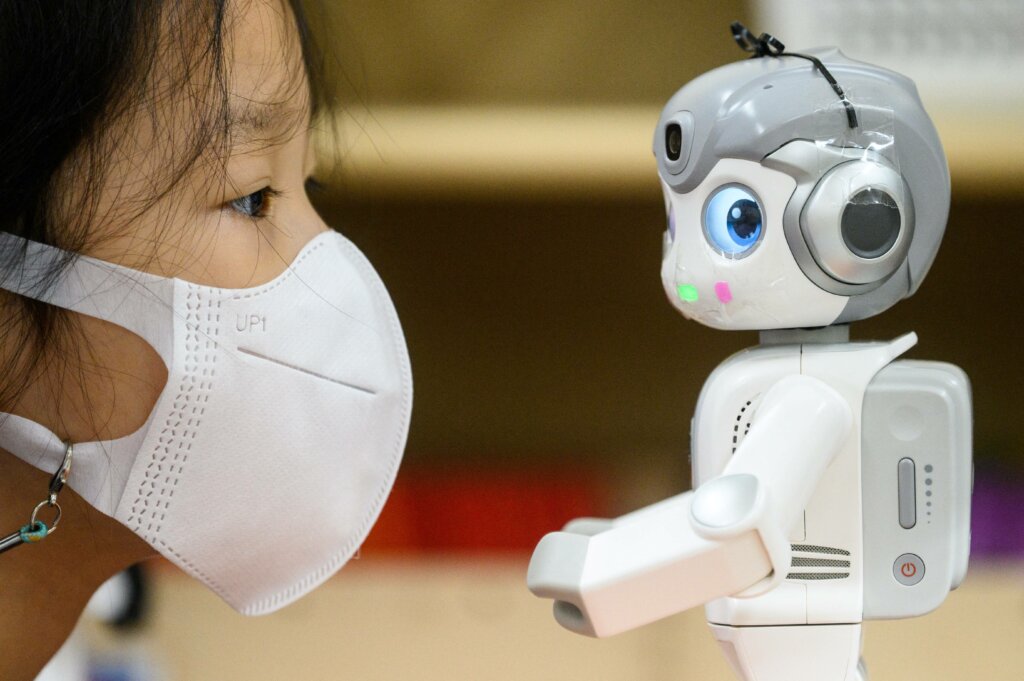Emerging tech may allow robots to take over the world

Emerging technologies have been making headlines in 2021. Innovations in AI, the concept of the metaverse, the increased use cases of digital twin technology, and quantum computing are just some of the trending tech that have captured attention this year.
While most of these emerging technologies are predominantly virtual and software-based, innovations in robotic tech have also been encouraging this year. In fact, 2021 saw robots and machines reach new heights in the use cases they can participate in, driven primarily by next-generational technological developments.
When Elon Musk announced the Tesla Bot several months ago, the biggest concern among many is will the machines take away their jobs. The Tesla Bot pretty much encompasses what emergent innovation is all about. Developed to perfect the next evolution of automation, the Tesla Bot is capable of performing tasks that are unsafe, repetitive, or boring.
Apart from that, the other concern about the increasing use of robotics is the age-old question – Will robots take over the world? True enough, there have been enough science fiction movies dictating this scenario. And the reality is, robots are slowly taking over the world, but humans are still in control of them, as least for now.
Statistics show that there are currently about 12 million robots around the world. This includes industrial robots, cobots, and other robotic machinery as well. The International Federation of Robots indicates that yearly robot unit sales can rise up to more than half a million units in 2022.
Part of this is due to the increasing need for automation in various processes as well as advancements in technologies. Emerging technologies such as deep learning algorithms, quantum computing, and others are enabling robots to become more independent. Some of these robots are already capable of thinking and making their own decisions when interacting with humans.
For example, the Ameca humanoid robot by UK’s Engineering Arts exhibits the most accurate human expressions of any robot ever. The robot recently showed how it got offended by a privacy invasion. The video below shows how the robot flinched when a person poked it with his finger, even grabbing the person’s hand in a show of responsiveness.
According to Engineered Arts, this was the first instance of a human interacting with the Ameca robot and as shown in the clip above, the robot tracked wherever the finger went, while also avoiding being poked in the beginning.
At the same time, the EU launched Robotics4EU, a €3 million (approx. US$4.09 billion) research project that explores interactions between humans and robots, in January, under the bloc’s Horizon 2020 Research and Innovation program. The project involves seven organizations from six European countries and features technical expertise in several technological spheres, ranging from academia to industry.
Interestingly, it is also important to note that it is not just the manufacturing industry that is driving the demand for more robots. Healthcare, agriculture, logistics, and hospitality, to name a few sectors, have been contributing to the demand as well.

Robots rely heavily on emerging technologies to become more life-like. (Photo by Anthony WALLACE / AFP)
In healthcare, emerging technologies have enabled innovations in many use cases. When it comes to robots in healthcare, hospitals are already using automated bots to serve patients. The Veebot, for example, is a robot that was designed specifically for the blood drawing process. The robot can correctly identify the best vein to target with an accuracy of 83%.
Amazon’s cobots are saving the company millions as they can cover large warehouses. With cobots like Kiva, Amazon has enabled employees to spend 80% of their time fulfilling orders and only 20% of their time navigating through warehouses. Combined with an effective inventory management system, the cobots are getting most of the job done in the warehouses.
With emerging technologies only enabling robots to be more advanced and capable of doing more, there is no denying that robots can eventually take over most jobs in the world. While they may not fully take over the world, their growing presence will eventually make them a part of the very fabric of society in the future.










